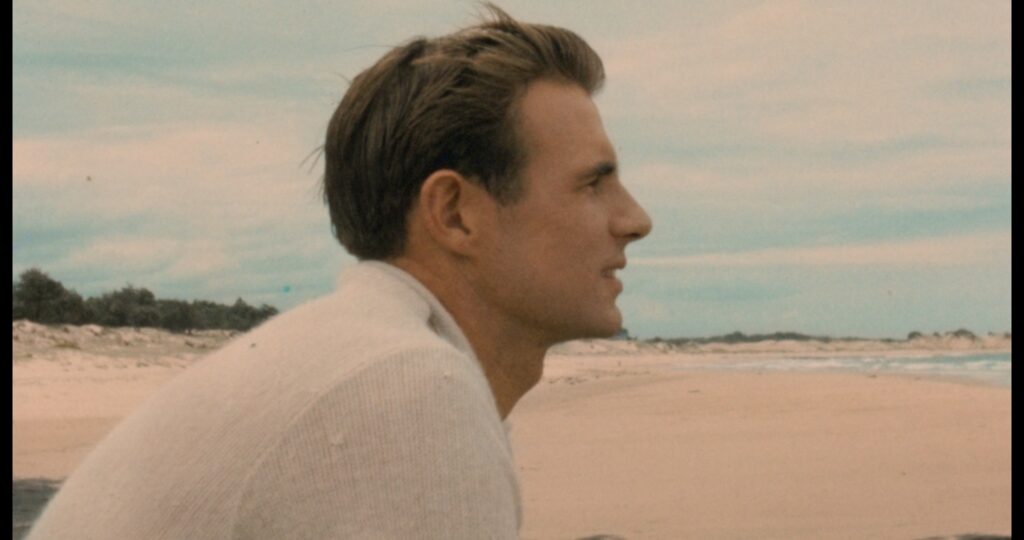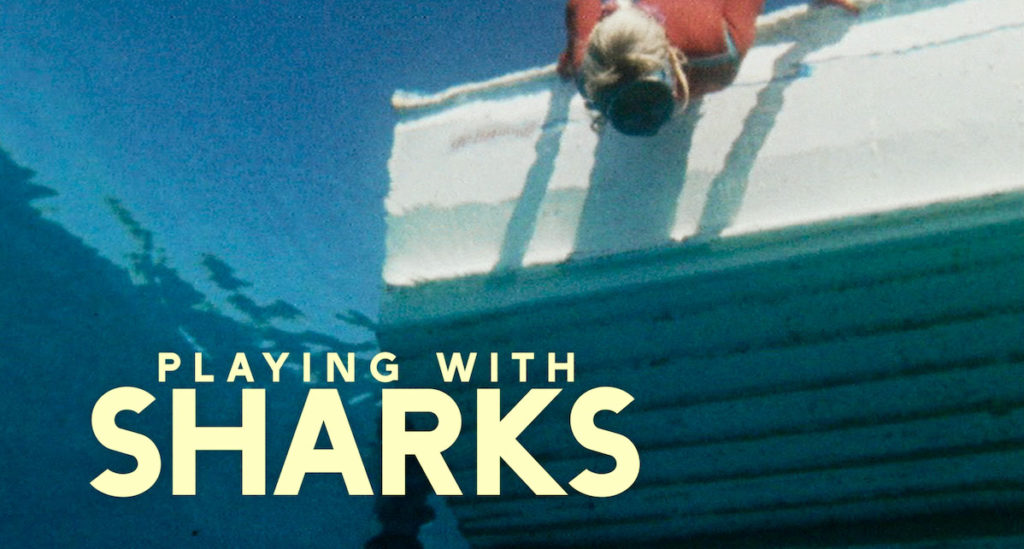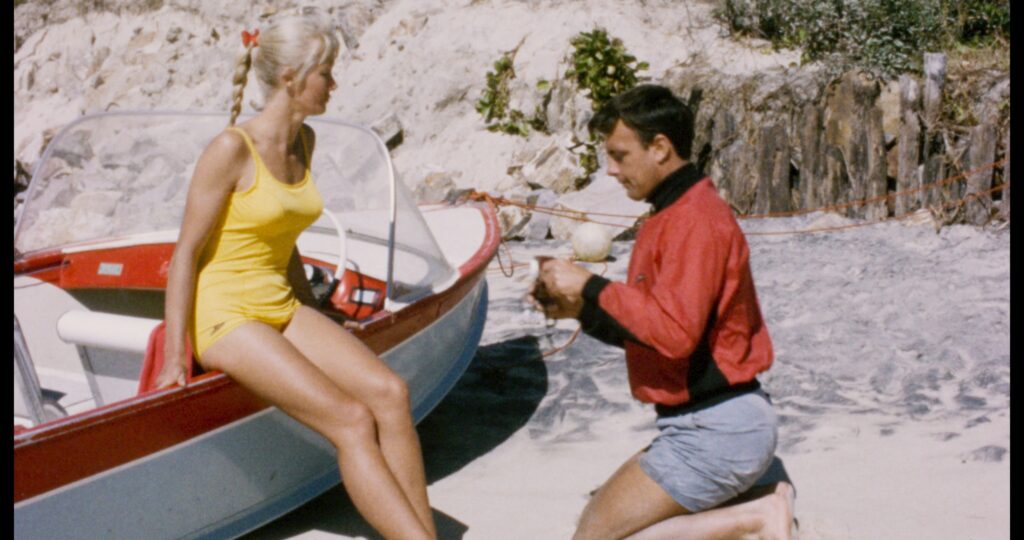15th August 2024
Are you preparing to get your documentary or television series colour graded and are wondering how you’re going to brief your colourist to treat converted film footage and other archive material such as photographs or home video?
You might think that archive is archive and you can’t do much to it, but this is actually a misconception.
Just like regular footage, archive can have its own visual look to create the right feel for your story. When integrating archive footage to sit alongside contemporary footage, you can also make a few different artistic choices of how to treat it.

Five Ways To Colour Grade Archive Footage
1. Keep the new footage crisp and grain-free to punctuate and contrast the old archive. This gives a greater contrast between the modern day and the archive, which may serve your story.
2. Clean up the archive as much as possible so it looks more seamless and cohesive sitting together with the modern day. eg. I WAS ACTUALLY THERE series for ABC
3. Give the archive footage its own “look” in grade – black and white or with a tint like sepia is a common example. eg. The Beatles episode of I WAS ACTUALLY THERE series for ABC or the mini-series THE CROWN AND US from Fredbird Entertainment.
4. Grade the coloured archive but make it look retro and specific to a certain time period – giving some 1970s photos or home video an enhanced “70s” vibe by isolating and saturating certain colours. This gives the archive a new vibrancy and life, and connects all the archive material from that specific time eg. PLAYING WITH SHARKS
5. Convert black and white archive to colour using AI tools such as Neural Love which can colourise the footage. Some of the software can be expensive or hit and miss, but obviously improving all the time.

Peachy senior colourist Angela Cerasi graded the documentary PLAYING WITH SHARKS, which used the Cintel Scanner C-Drive HDR to digitise hundreds of hours of archival footage shot by and of the famous underwater naturalist and filmmaker Valerie Taylor.
The film was produced by Bettina Dalton of WildBear Entertainment and directed by Sally Aitken. The documentary follows the renowned marine maverick’s life from champion spearfisher to passionate shark protector and noted underwater filmmaker, following her six decade long career.
Valerie Taylor was a prolific underwater filmmaker and the subject of many shows and documentaries herself – and her husband Ron Taylor was also a cameraman, which meant a plethora of archive footage was available to the filmmakers.
According to this article by Cinematography World, hundreds of hours of incredible shark and other marine life footage was filmed from the 1960s through the 2000s in diverse film formats and stocks.

Producer Bettina Dalton explained:
“We had more than 200 hours of archival footage and there was a real mix of film stocks and gauges, from 35mm to standard 16 ektachrome Kodachrome and some Fuji stock, as well as black and white. Almost the full gamut of types of film at that time. Valerie’s husband Ron Taylor was an extraordinary cameraman, especially when you consider he was often filming holding his breath with sharks cruising by shooting with 100 and 200 foot film rolls that had to be reloaded at the surface. It was remarkable what they were able to achieve. Add to this, his engineering skill in building his own camera housings required at the time , designing lenses for macro, making their own wet suits and weight belts, they were true pioneers. We had such a trove of footage, and the Cintel was a fabulous work horse for scanning and respecting this history.”
The hundreds of hours of archive footage, including lots of 35mm and 16mm film, was trimmed to a final 47 minutes used in the documentary.
Angela Cerasi used DaVinci Resolve Studio to colour grade the film, which allowed her to maintain the beauty and diversity of the original footage while giving the entire film a high quality feel. She commented at the time of grading:
“This film is a beautifully crafted mosaic of film sources and it was both an honour and great fun to colour grade. Visually the director and I decided to make the film look confident and bold, to epitomise the trailblazer Valerie Taylor herself. In the scene where Valerie explains the first time she saw underwater, we pushed the saturation and colour of the archive so it looked like a vibrant and magical alien world. Each era was given its own vintage look, for example the late 1950’s was a warm black and white. We gave the modern day interviews a bold but cinematic feel, with the interviewees sitting in front of a block coloured background which I twisted to give each a strong and unusual colour.”

The way the archive footage sat with present day footage was also vitally important to the story of the film, according to director Sally Aitken in this article. Aitken talks about filming Valerie Taylor and some bull sharks in Fiji in August 2019 and recognising a particular expression of Valerie’s.
“I remember seeing on the dive boat on the way back from our filming trip, there’s a [shot] of Valerie, which is actually in the film. She’s sitting on the boat, looking out to sea, and she’s got the most beautiful expression on her face.
Prior to the trip, I’d seen this archive of Valerie in Fiji from about 1962. That night I pulled up the rushes from the day and this archive shot of her in exactly the same position, albeit in a span of 50-odd years.”
Aitken put the two mirror images side-by-side on her laptop. 1962 and 2019.
“And I was like, ‘that’s the film’.
There’s something in this idea of a life that’s been captured on film, that’s still being lived with amazing purpose. And having that ability to intercut the past and the present is something that film allows you to do. You don’t get to do that in real life.”
The film was in editing during the Covid19 pandemic but new and existing workflows meant the team was able to continue working remotely.
Angela Cerasi graded from her studio in Brisbane, using the DaVinci Resolve Remote Grading functionality. This allowed her to control the Resolve system in a Sydney theatre where the clients were viewing the grade in real time.
Peachy Keen Colour’s streamlined approach to remote colour grading, coupled with flexibility and prompt communication, ensures a stress-free and efficient experience for our clients.
Ready to start the process? Learn more about the Peachy Process. We can’t wait to chat about your colour grade.



 Prev
Prev